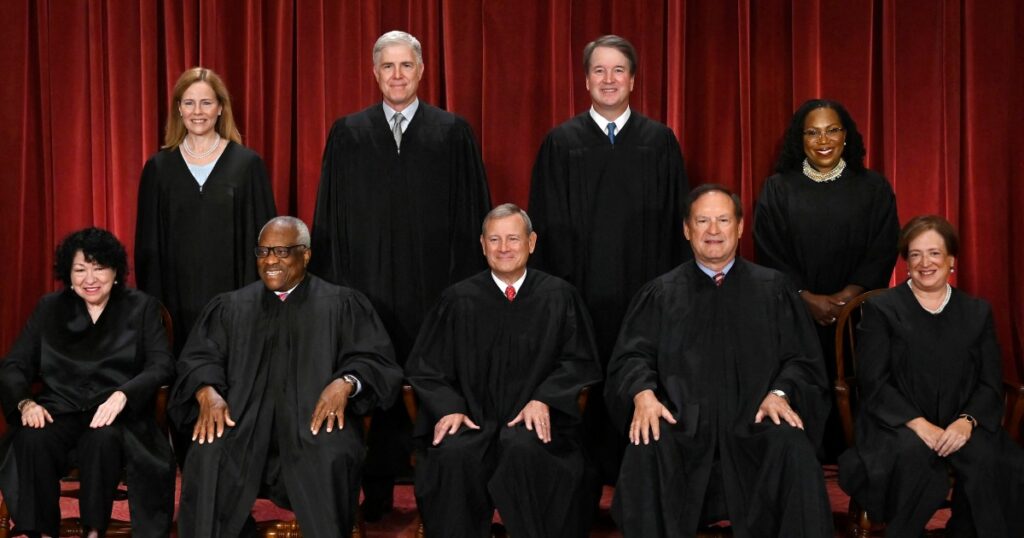It’s been a week since the Supreme Court briefing was completed in Donald Trump’s bid to keep the federal election interference case paused. And yet, we still haven’t heard from the justices. So, what’s going on?
I explored a similar question last month while we waited for the U.S. Court of Appeals for the D.C. Circuit panel to rule on the immunity issue, noting the possibility that “the panel is taking time to synthesize any disagreement into a single, coherent opinion.” Indeed, the panel went on to issue a unanimous ruling thoroughly rejecting the former president’s position.
But while there were multiple factors at play in the D.C. Circuit, the situation at the Supreme Court is potentially even more complex. What’s pending at the high court isn’t Trump’s appeal of the D.C. Circuit’s ruling exactly, but rather an application to keep that ruling from taking effect; if it takes effect, then the case goes back to U.S. District Judge Tanya Chutkan for trial. Trump’s application is to keep the D.C. Circuit ruling on hold pending his forthcoming appeal of that ruling.
Denial seems more likely, but even that could lead to dissent — probably written by one or more Republican appointees — which could prolong the timeline.
It’s true that the justices could simply grant or deny Trump’s application. Granting it would punt the case indefinitely into the future and imperil the chances of it seeing trial before the November election. Denying it would send the case back for trial while still letting Trump move ahead with his appeal. Of those two options, denial seems more likely, but even that could lead to dissent — probably written by one or more Republican appointees — which could prolong the timeline of when the court issues that denial.
But the justices have more tools at their disposal than those two options. For example, even though Trump hasn’t filed his appeal yet, the court could treat his stay application as an appeal. That…
Read the full article here





